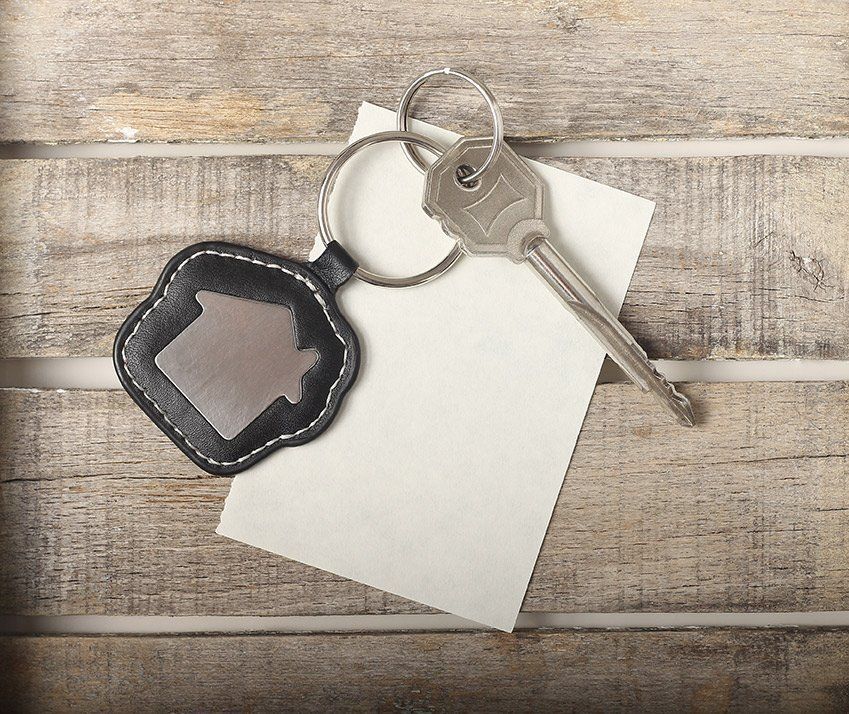
Insurances You Can’t Live Without – General Insurance
Sometimes it’s easy to feel like insurance is a waste of money, particularly if we’ve never made a claim. Before you get to thinking this way, however, remind yourself what insurance is for. When we purchase insurance, we’re purchasing a product. It’s like when we pay for groceries or petrol or a new television. In the case of insurance, we’re buying protection for our assets and for our financial future.
A simple fact of life is this, unfortunate things happen. These things happen when we least expect them, and often catch us completely by surprise. In New Zealand today, one of the most common ways people fall into debt is through the unexpected need to replace a lost or damaged asset that was not insured.
Here’s a general rule to bear in mind: anything you need for day to day living, which you could not replace with cash if you lost it, needs to be insured. In general, that boils down to three things: your home, your house contents, and your vehicle.
Insuring your home – house insurance.
House insurance—everyone has it, right?
No. Not everyone does have their home insured. Following the Christchurch earthquakes it was discovered that around 15% of people were not insured and almost half of the homes that were severely damaged, were underinsured.
You never know when your home will be damaged or how.
Insuring your house: Following the Christchurch earthquakes, insurers have revised their method of assessing a home’s worth. For many years, insurance companies have used a formula based on size, improvements, building materials, etc. to calculate the cost of rebuilding a property.
This is about to change. From this year, homeowners will have to state the amount they wish their home to be insured for, and the premiums will be set accordingly.
This is good in one sense because it means you will receive the amount of money required to rebuild your home—provided you have insured your home for the proper amount. This new assessment method means you may require a valuation on your home to determine its replacement cost.
Insuring the things you own – contents insurance.
While house insurance covers the actual building you live in, Contents Insurance covers the possessions within that building. Usually it’ll also cover those possessions while they’re temporarily out of your home (but not while they’re overseas).
Most insurance companies separate Home Insurance and Contents Insurance into two separate policies and will give a discount if you take out both with them.
There are two simple mistakes people can make with Contents Insurance policies.
The first is to be under insured. The average New Zealander has their home contents insured for around $50,000. The average value of contents within a home in New Zealand is nearer $100,000. That may seem a lot, but take a walk around your home and begin to total up the value of everything you own—from your television to your computer, bedroom furniture, curtains, tools in your garage… it all adds up.
The second mistake is to not read and understand your Contents Insurance policy before signing up for it. Many people assume they have a comprehensive policy only to find, at claim time, that it’s quite basic with many things not covered.
Insuring your vehicle.
To drive without car insurance is very unwise. It has caused many people to fall into debt that becomes very difficult to get out of.
There are two main types of car insurance:
The first is third party insurance. This is the most basic of policies and will cover any accidental damage you cause to another person’s vehicle or property, but does not cover damage to your own car.
The second is comprehensive or full cover vehicle insurance. This covers damage to both your car, and any other vehicles or property you might accidentally damage. Full cover Vehicle Insurance is more expensive than a third party insurance policy, but, unless you can afford to replace or go without your car while, you save for a replacement, you should purchase full vehicle insurance cover.
In all of this, remember that insurance is an essential part of your personal finances. Without it you can find yourself in debt; and once in debt, it can be very difficult to escape it.










ANZ

AIA

NIB

Partnerslife

Southern Cross

Perpetual Guardian

Westpac

Vero

FANZ
Freephone: 0800 17 18 19 or
Freephone:
0800 17 18 19
or
Under the new financial advice regime rolled out on 15th March 2021, we are required to provide publicly available information on our company. Click here for our company information.


